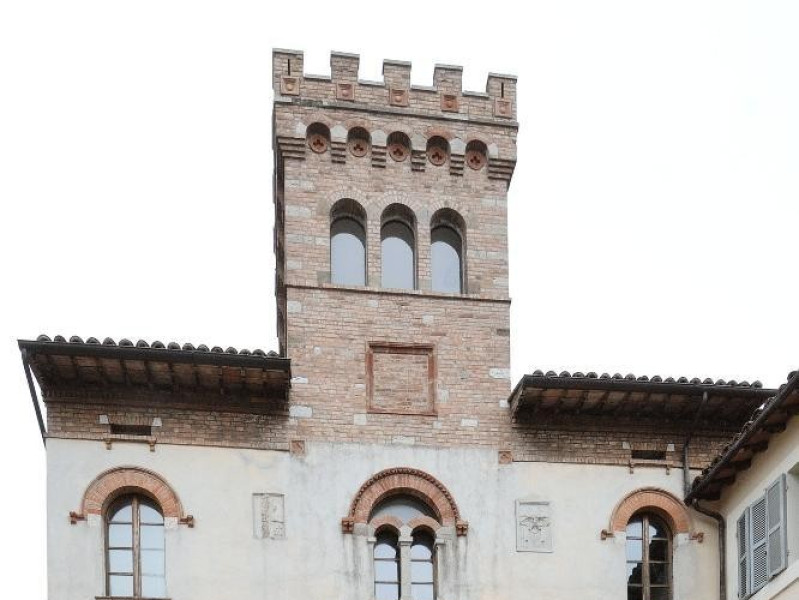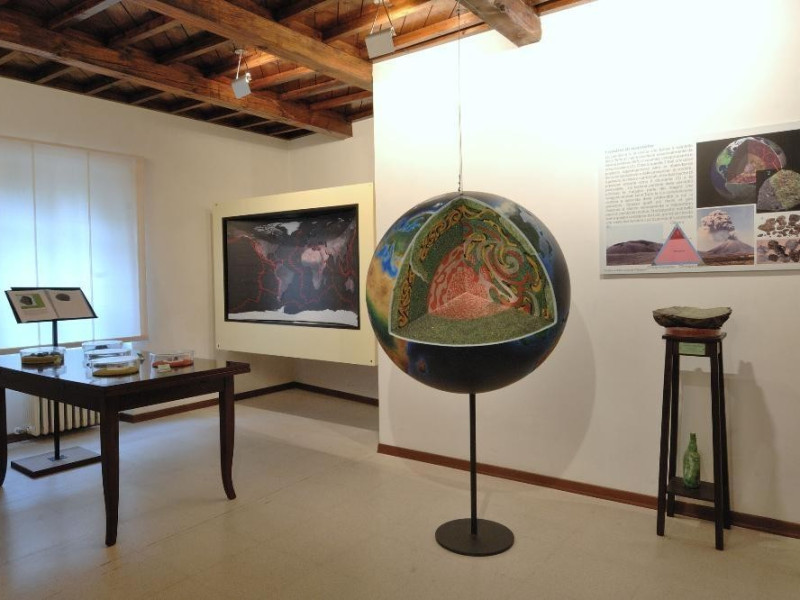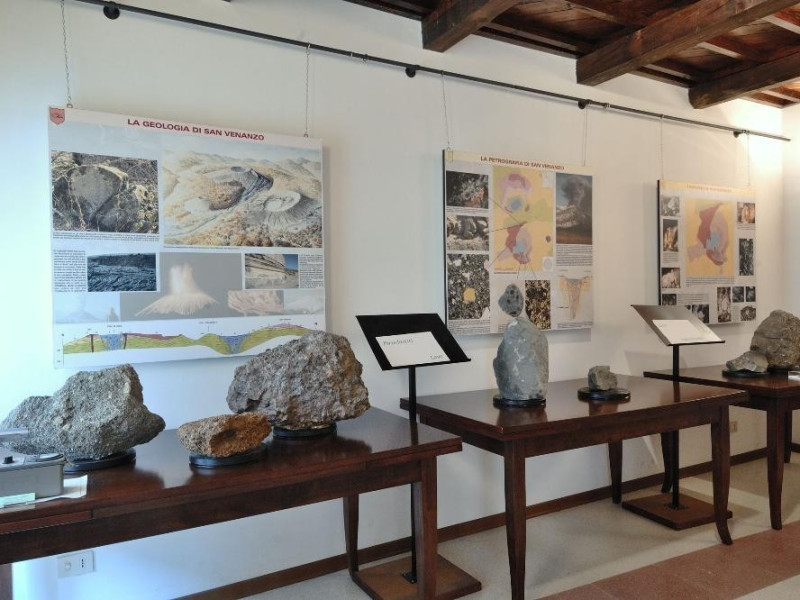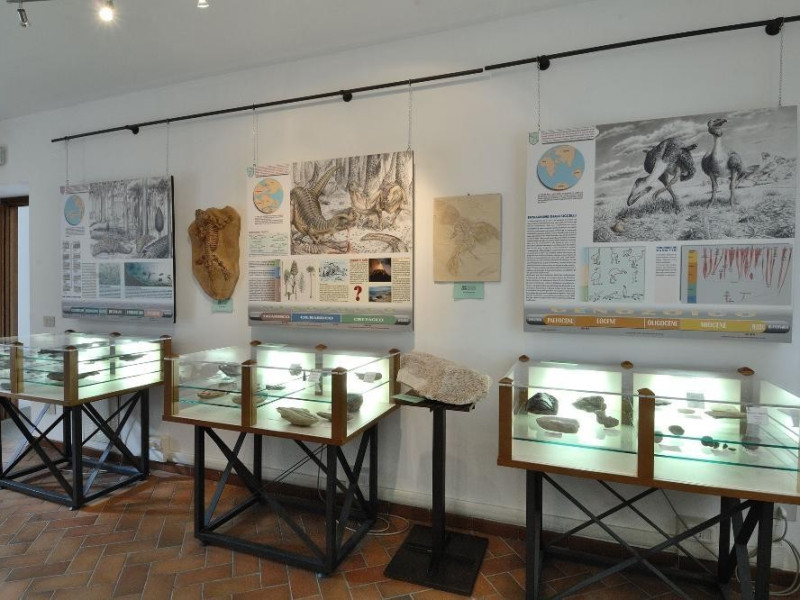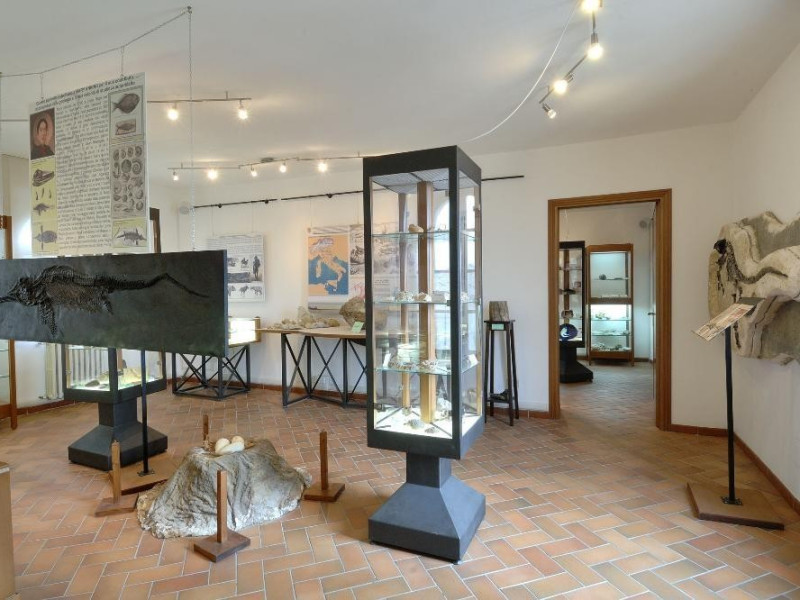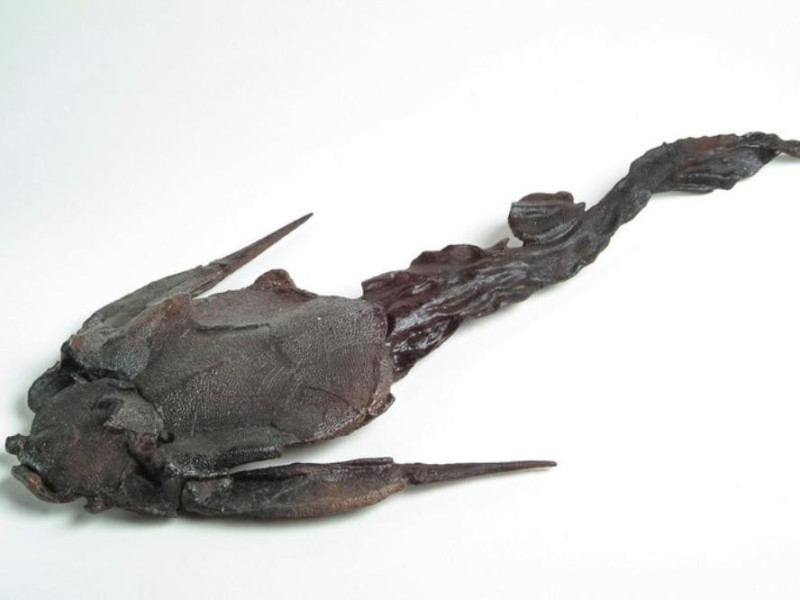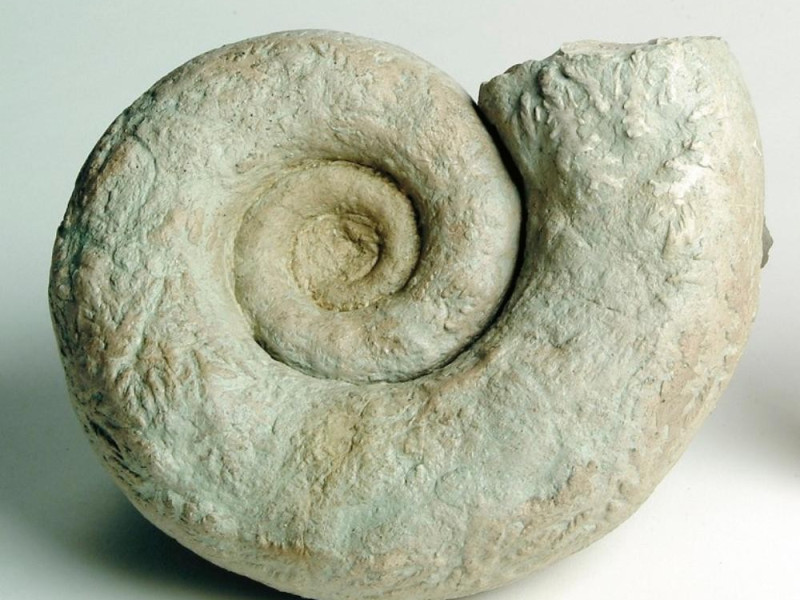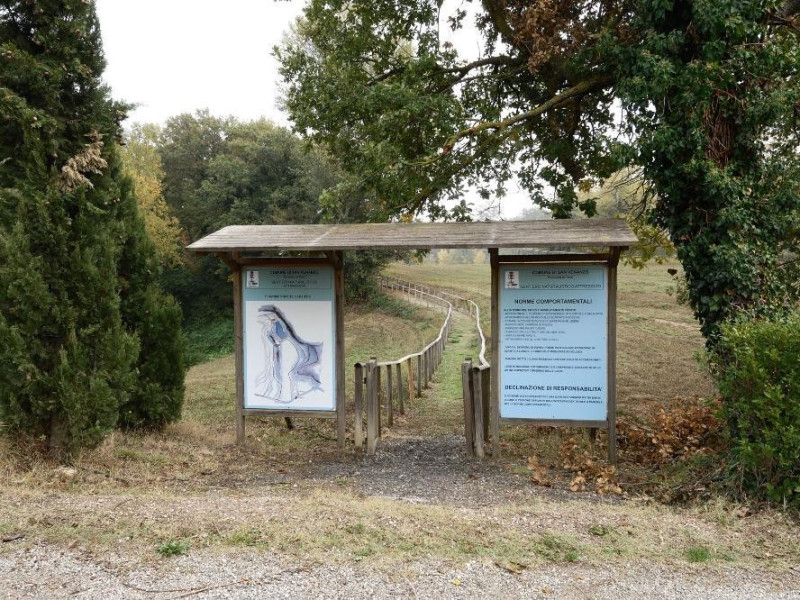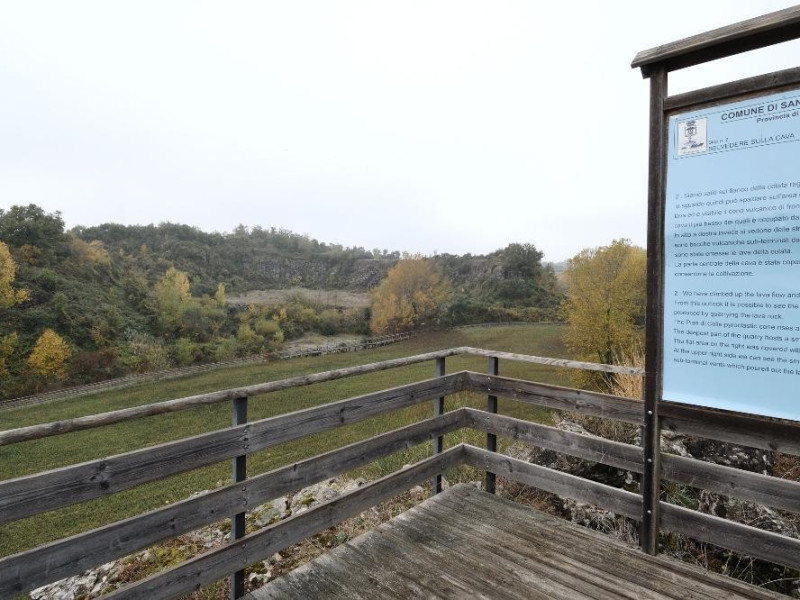Luogo - Museum
Parco e museo vulcanologico di San Venanzo
Where
Piazza Roma, 1, San Venanzo (Terni)
Museum of Volcanology and Park
The Museo Vulcanologico is located in the historical city center of San Venanzo, a suggestive burgh in-between the territory of the middle course of the Tiber and Orvieto.
The building housing the Museum is an early 19th century edifice adjacent to Villa Faina.
The Museum of Volcanology and its adjoining Park deserve a visit both for the peculiarity of their collections and for the environment in which the museum stands.
Among the most important finds that are kept and displayed in part of the itinerary, it is worth mentioning: a very rare kind of rock, called “Venanzite”—this rock comes from the solidification of lava—a dinosaur egg and the cranium of the Elephas Meridionalis—found in the area nearby.
In the adjoining Park visitors can take a 2-kilometer tour, along which the history of this volcano is recounted and, among other things, they can admire what remains of a quarry—evidence of the ancient extraction activities in the area—where the stones for producing millstone were extracted.
The Museum and the Park are in an area characterized by the presence of three small volcanoes, of about 500 meters in diameter and 30 meters high, that were active 265.000 years ago.
The main aim of the exhibition is therefore to illustrate the environmental and geological significance of eruptions that happened in the San Venanzo area and establish their relationship with volcanic phenomena in general.
The Museum display is organized in four rooms, in which materials of particular interest are kept, such as the Venanzite, the rock that comes from the solidification of lava whose composition is almost unique, and that helped make the little town famous all over the world. It is also worth mentioning the Dinosaur Egg from China and the Elephas Meridionalis cranium found in the area nearby.
The Museum aims at providing the visitor—who will take a tour making his own direct personal observations—with an adequate knowledge of the rocks and morphology of volcanoes in the Park. The latter is a real open-air museum—realized above the huge lava flow of Venanzite—whose pathway winds for 2 kilometers under the flow itself thanks to the emptying of the body of lava during the 1970s.
During the visit it is possible to observe cones and craters, lava flows; and some rocks and rare minerals.
